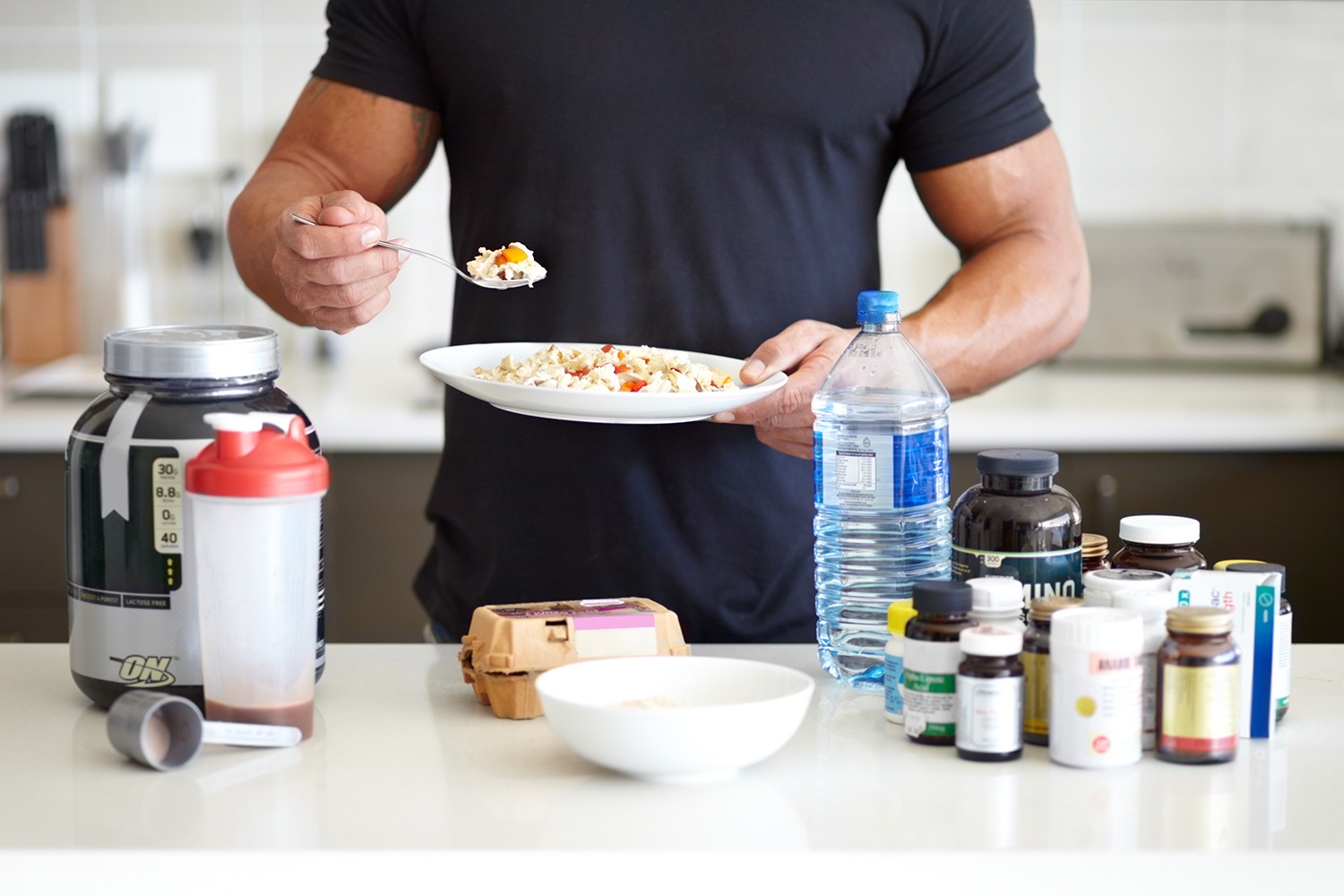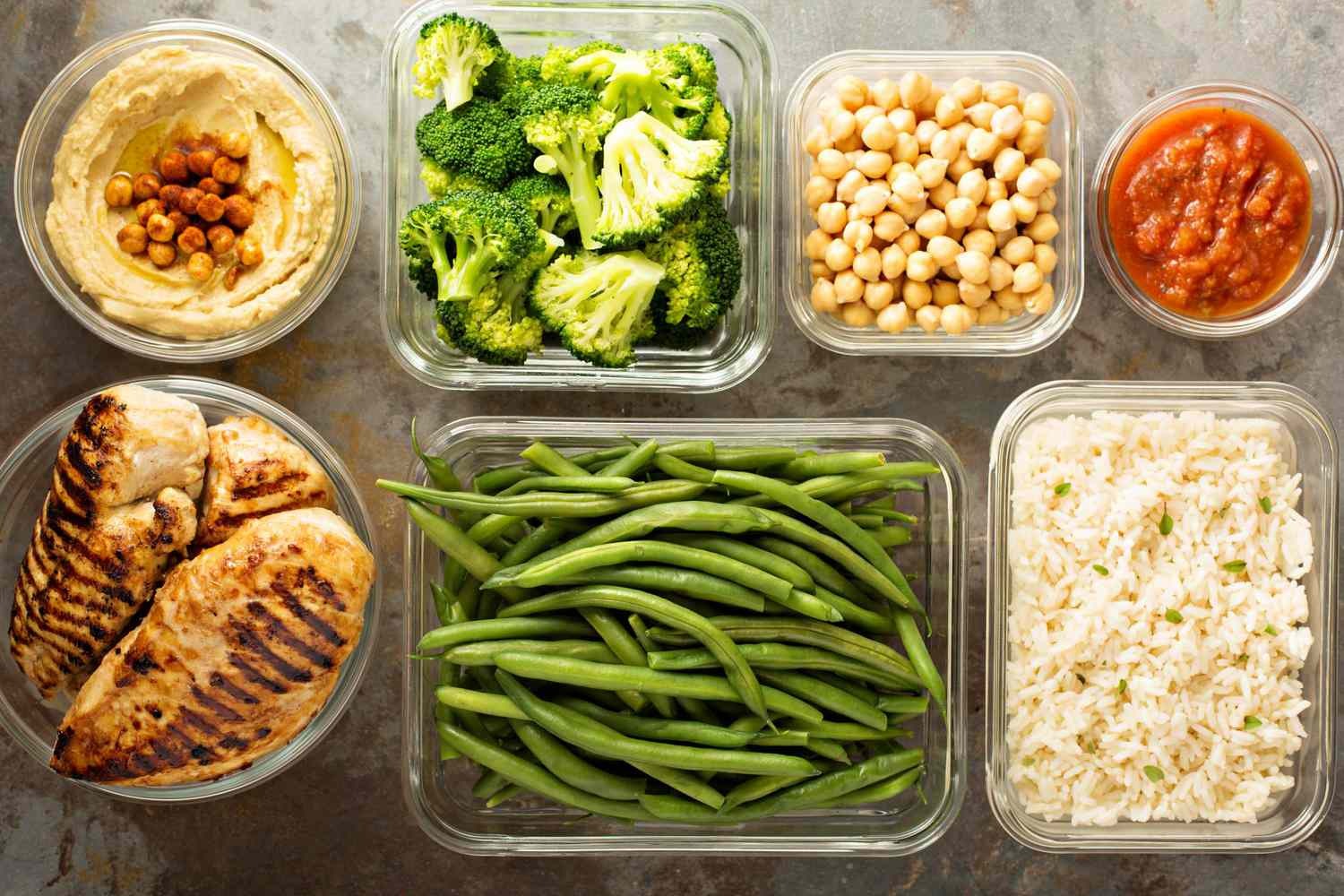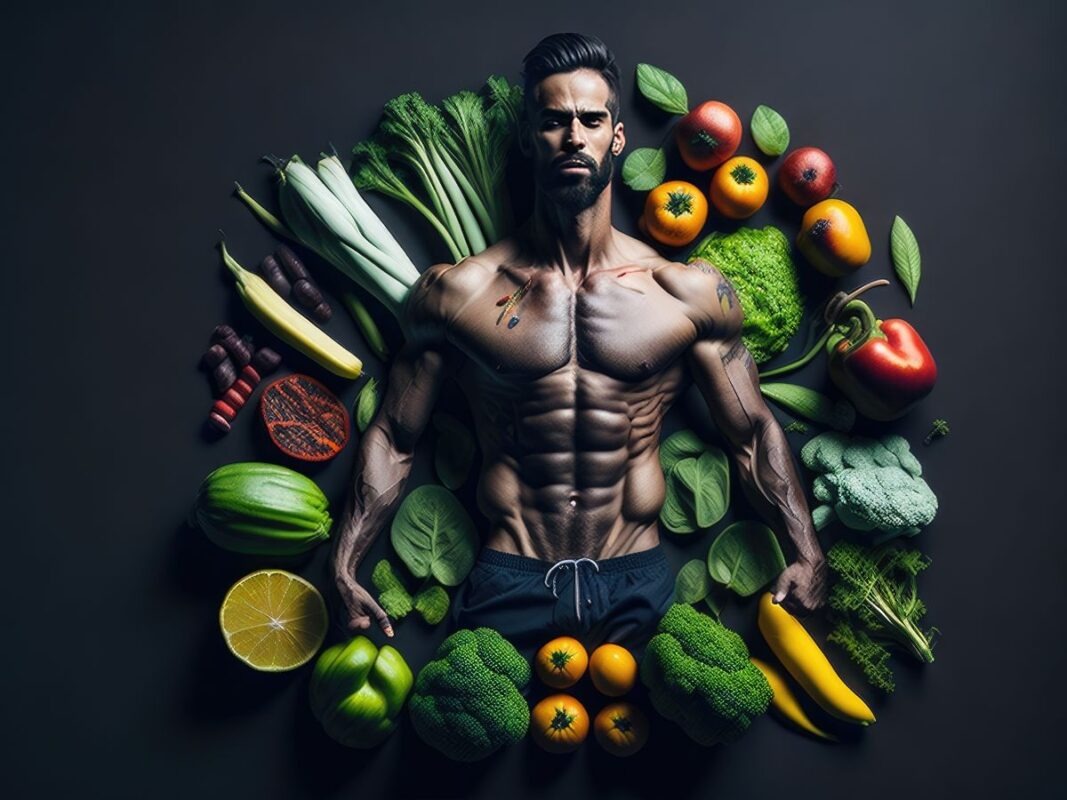In the world of diet and nutrition, there are many different ways of eating. Some people believe that low-fat is the best, while others believe that low-carb is the way to go. But a new way of eating, called the Keto Diet, has become very popular. The Keto Diet, short for ketogenic, is a diet that is high in fat, moderate in protein, and very low in carbohydrates. The main idea behind the Keto Diet is to change the way your body gets its energy.
Instead of using sugar (from carbohydrates) for fuel, your body learns to use fat. This process, called ketosis, is a natural state for your body. It is a way to turn fat into energy, which can lead to a huge amount of fat loss and a huge amount of energy. The Keto Diet is not just a diet; it is a way of living that can change your body and your mind.
This guide will give you a complete and easy-to-follow plan for a Keto Diet for Beginners. We will show you exactly what to eat, what to avoid, and why this method is so effective for building a strong and healthy body.
What Is the Keto Diet? The Body’s New Fuel Source
The Keto Diet is a way of eating that is very low in carbohydrates and very high in fat. The main goal of the diet is to get your body into a state of ketosis.
Normally, your body uses sugar from carbohydrates for energy. When you eat a lot of carbohydrates, your body turns them into sugar, which is then used as fuel. But when you are on a keto diet, you are not eating a lot of carbohydrates. So, your body has to find a new source of fuel.
When your body is not getting a lot of sugar for energy, it starts to break down fat into molecules called ketones. These ketones are then used by your body for energy. The process of getting your body into a state of ketosis can take a few days, but once you are in ketosis, your body is a fat-burning machine.
The Benefits of a Keto Diet
The Keto Diet is a secret weapon for anyone who wants to lose fat, get stronger, and feel more energetic. Here’s why it is so powerful:
- It Helps with Fat Loss: When your body is in a state of ketosis, it is a fat-burning machine. You are burning fat for energy, which can lead to a huge amount of fat loss. The Keto Diet is also a great way to lose weight because it helps you to feel full. The high amount of fat and protein in your meals can keep you from snacking on unhealthy foods.
- It Helps with Energy: Many people who are on a keto diet report having a huge amount of energy. The reason for this is that your body is using a constant and a very clean source of fuel. You don’t have the ups and downs of sugar that you have when you are on a high-carb diet. You have a steady stream of energy that can help you to feel more focused and more motivated.
- It Helps with Hunger: A high fat and high protein diet can help you to feel full for a longer time. The fat and protein in your meals can keep you from snacking on unhealthy foods and can help you to feel satisfied with your meals. This is a great way to avoid overeating and can be a huge help for anyone who wants to lose weight.
- It Improves Brain Health: The Keto Diet was first used to help people with seizures. The brain can use ketones for energy, and many people report having a lot of focus and a lot of clarity when they are on a keto diet. The high amount of healthy fats in a keto diet can also be a great way to improve your brain health.
The Foundation: Before You Start a Keto Diet
Before you even start a keto diet, there are a few important things you need to do to ensure you have a safe and effective plan.
1. What to Eat and What to Avoid
The Keto Diet is all about eating a low amount of carbohydrates. You should aim for about 20-50 grams of carbohydrates per day.
What to Eat:
- Healthy Fats: Avocado, olive oil, coconut oil, and nuts are great sources of healthy fats.
- Protein: Chicken, fish, eggs, and lean cuts of beef are great sources of protein.
- Low-Carb Vegetables: Leafy greens, broccoli, cauliflower, and bell peppers are great sources of vitamins and minerals.
- Dairy: Cheese, butter, and heavy cream are great sources of fat and protein.
What to Avoid:
- Sugar: You should avoid all sugar. This includes soda, candy, and fruit juice.
- Grains: You should avoid all grains, including bread, pasta, and rice.
- Most Fruits: You should avoid most fruits, as they are high in sugar. You can have a small amount of berries.
- Starchy Vegetables: You should avoid starchy vegetables like potatoes, corn, and peas.
2. The “Keto Flu”
When you first start a keto diet, your body has to change from using sugar to using fat for energy. This change can cause a few side effects that are called the “keto flu.” The symptoms of the keto flu are a headache, a feeling of being tired, and a feeling of being a bit sick. This can last for a few days, but it will go away.
To help with the keto flu, you should drink a lot of water and you should eat a lot of electrolytes, which are salts and minerals that your body needs.
3. Don’t Forget About Electrolytes
A keto diet can cause your body to lose a lot of electrolytes, especially sodium, potassium, and magnesium. You should focus on eating a lot of foods that are rich in these electrolytes. Spinach, avocado, nuts, and salmon are great sources of electrolytes. You can also add a little bit of salt to your water.
The Ultimate Keto Diet Plan (A 7-Day Plan)
Here is a simple and easy-to-follow keto diet plan for seven days. This plan is designed to be a guide, and you can change it to fit your tastes and your schedule.
Day 1: Monday
- Breakfast: Scrambled eggs (3) with a side of spinach and avocado.
- Lunch: A large salad with a lot of mixed greens, grilled chicken, cheese, and a keto-friendly dressing.
- Dinner: Baked salmon with a side of roasted broccoli and cauliflower.
- Snack: A handful of almonds.
Day 2: Tuesday
- Breakfast: A keto smoothie (almond milk, protein powder, spinach, and a handful of berries).
- Lunch: Leftover salmon with a side of a large salad.
- Dinner: A stir-fry with a lot of lean ground beef and bell peppers.
- Snack: A handful of macadamia nuts.
Day 3: Wednesday
- Breakfast: Omelet with cheese, mushrooms, and a side of bacon.
- Lunch: Tuna salad with a side of celery sticks.
- Dinner: Chicken thighs with a side of roasted asparagus and a little butter.
- Snack: A piece of cheese.
Day 4: Thursday
- Breakfast: Scrambled eggs (3) with a side of avocado and salsa.
- Lunch: Leftover chicken thighs with a side of a large salad.
- Dinner: Steak with a side of grilled mushrooms and onions.
- Snack: A handful of walnuts.
Day 5: Friday
- Breakfast: Greek yogurt with a scoop of protein powder and a handful of almonds.
- Lunch: A large salad with a lot of mixed greens, grilled shrimp, and a keto-friendly dressing.
- Dinner: Baked cod with a side of steamed broccoli and a little lemon juice.
- Snack: A handful of olives.
Day 6: Saturday
- Breakfast: Scrambled eggs (3) with a side of bacon and a piece of whole-grain toast (keto-friendly).
- Lunch: Leftover cod with a side of a large salad.
- Dinner: Chicken burgers on a keto-friendly bun with a side of avocado.
- Snack: A piece of cheese and a few slices of turkey.
Day 7: Sunday
- Breakfast: Scrambled eggs (3) with a side of avocado and a few slices of bacon.
- Lunch: Leftover chicken burgers with a side of a large salad.
- Dinner: A large salad with a lot of mixed greens, grilled chicken, cheese, and a keto-friendly dressing.
- Snack: A handful of macadamia nuts.
Your Final Step
Embarking on a new diet is a significant step toward a healthier lifestyle. The keto diet, with its focus on healthy fats and protein, is a powerful tool for fat loss and increased energy. It’s a journey of re-educating your body to be more efficient, and this guide provides you with a clear roadmap to get started. Remember, the key to success lies in consistency and smart choices. Listen to your body, celebrate your progress, and get ready to discover the amazing benefits of a keto lifestyle.



